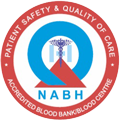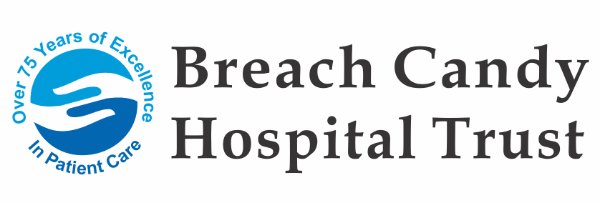Contact Info
- 022-62597830
- 022-62597837
- radiology@breachcandyhospital.org
- Ground Floor, Breach Candy Hospital Trust, 60-A, Bhulabhai Desai Road, Mumbai - 400026.
Interventional Radiology
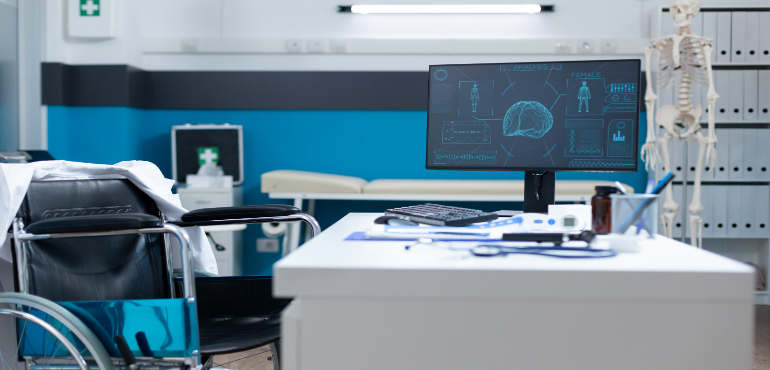
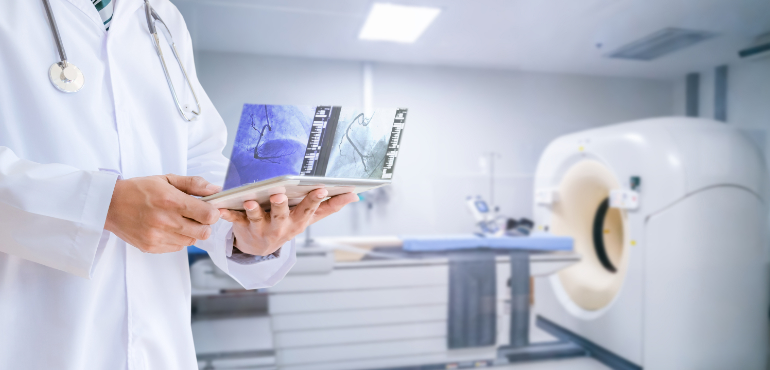
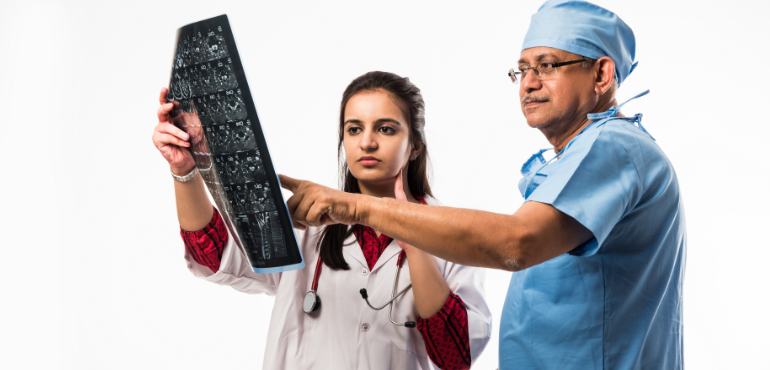
Imaging is very useful in acting as a guide to obtain material for microbiology as well as histopathology. The main advantage of Guided biopsy is that the whole tract of the needle is under constant supervision and the sample material is obtained from the precise part of the lesion while simultaneously avoiding all nearby arteries and organs. This leads to a much safer procedure and a drastic fall in complication rates. The quality of sample material collected is also vastly improved.
The main contraindication relates to bleeding abnormalities. An INR beyond 1.4 and or a platelet count less than 70,000 are considered contraindications. If the biopsy is necessary for further management, platelet transfusion and fresh frozen plasma may be used to minimize the risk of bleeding. Patients on aspirin or antiplatelet agents should withdraw these drugs 3 to 5 days prior to any intervention.
Trus Guided Prostate Biopsy
Prostate cancer is one of the leading causes of death among men in the world. The majority of prostate cancers are identified in patients who are asymptomatic. Diagnosis in such cases is based on abnormalities in a screening prostate-specific antigen (PSA) level. The Gold standard test for diagnosing prostate cancer is a Trans Rectal sonography guided biopsy of the prostate.
PreparationThere are two potential complications though very rare. The two complications are bleeding and infection. To minimize chances of these complications the following preparation is undertaken. To minimize infection Ciplox TZ 500 mg twice a day antibiotic is given for 1 day prior to the procedure, on the day of the procedure and continued 3 days post procedure. A laxative – dulcolax (1 tablet) is given for 2 nights prior to the procedure one hour prior to going to bed. To minimize chances of bleeding- If the patient is taking aspirin or any blood thinning medication it has to be stopped for 3 days prior and 2 days post the procedure. The following blood tests need to be done before the procedure – PT, PTT, INR Platelets for coagulation profile. Serum creatinine blood test has to be done prior to injecting the IV antibiotic Patient can have a light breakfast in the morning.
The doctor will meet you and collect all the blood reports and previous MRI etc. A betadine enema is given to the patient to thoroughly clean the bowel after which the patient has to pass stools 1 – 2 times so that colon is completely empty and risks of infection is minimal. An IV line is put and an IV antibiotic is given just before the procedure. Also atropine IM injection is given. After all the preparation, a Trans Rectal sonography probe is placed inside the rectum and the biopsy tract is identified. 4 – 5 cores from each zone of the prostate, totaling up to 16-18 cores with additional cores being taken of any abnormality if necessary. This exhaustive examination leads to very reliable results and complete confidence in not missing even small cancers.
Post ProcedureThe patient can go back one hour after the procedure. Some blood in stools and urine is to be expected for the next 2 – 3 days. Contact numbers of the on call doctor and department will be provided to contact in case the patient experiences any excessive bleeding, fever or any significant discomfort. The biopsy sample will be sent to the pathology department with the patients relative
Sonography guided aspirations
Sonography guidance is the gold standard in fluid aspirations. With directed sonography guidance, even very small pockets of fluid can be aspirated for making diagnosis. Sonography guided aspirations in cases of ascites or pleural effusions are much safer with drastic reduction in complications as compared to blind procedures. With sonography guidance ideal spots for drainage are identified which lead to maximum drainage and drastically reduces the risk of injury to adjacent organs like the lung or bowel loops. In complicated cases like loculated or septated collections, SONOGRAPHY helps us to locate the largest pocket and ensure complete drainage.
Before the procedureBefore the procedure, the patients PT, PTT, INR and platelets are checked to identify normal coagulation. In case the patient is on blood thinning medication, it is stopped for 3 days prior to the procedure. In cases of deranged coagulation requiring aspirations, fresh frozen plasma and platelets may be infused to reduce chances of bleeding.
In sonography Guided aspirations, first the ideal site of drainage is identified and skin marking done. The local area is thoroughly cleaned with betadine and antiseptic solution following which local anesthetic is infiltrated. Then under sonography guidance the needle is put into the fluid collection and drainage done. In cases of malignant ascites/effusions or where the physician wants a temporary drainage tube, a Pigtail catheter may be placed in the fluid collection for repeated aspirations. After the aspiration the site is cleaned and a small dressing put which can be removed the following day. The fluid collected can also be sent for testing.

